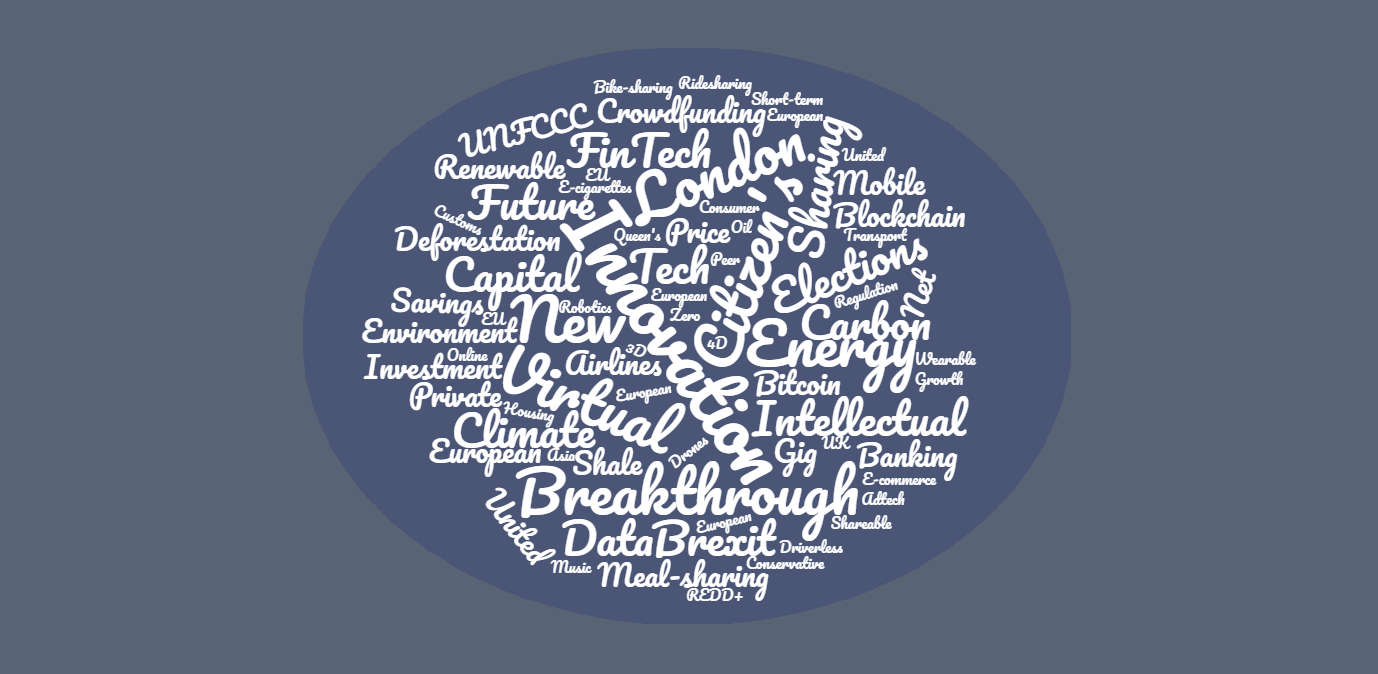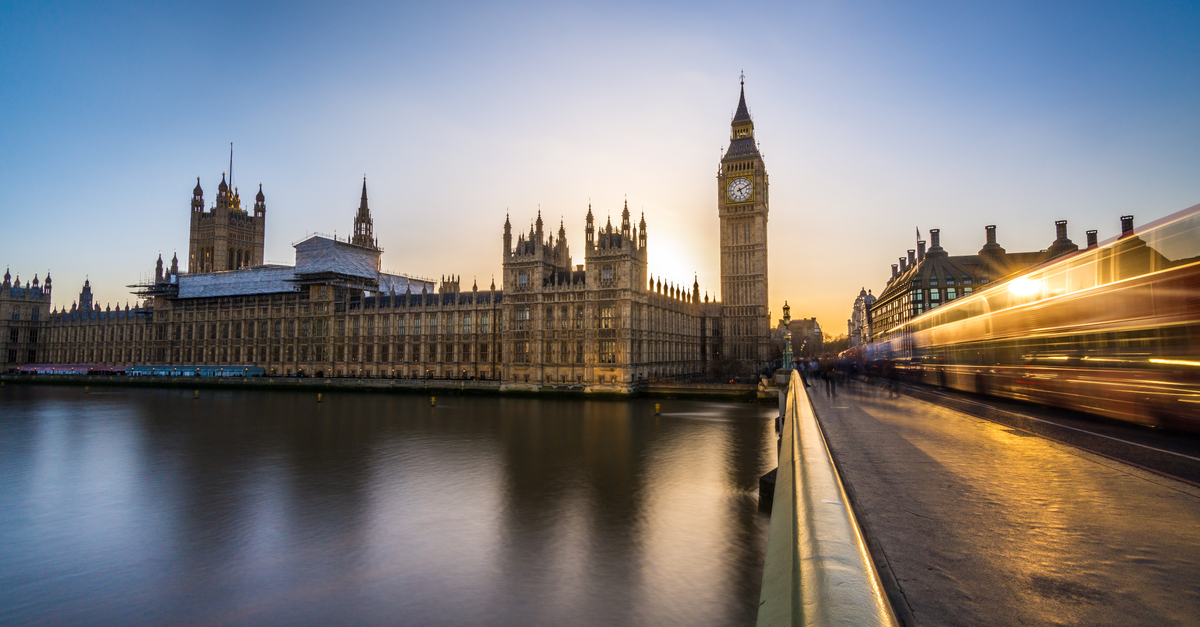Online advertising – The rise of real-time bidding
by Inline Policy on 24 Oct 2014
According to a recent report, the total global spend on advertising will reach £320.5bn over the course of this year, boosted by 17.1% growth in internet advertising. The growth of the “adtech” industry is dramatically changing the way that advertisers, publishers and consumers interact. This article will look at a key technological driver of this growth, known as real-time bidding (RTB), and explore what we can expect from this in the next decade.
The context
Technology and analytics are enabling businesses to optimise the advertising process like never before. Think of it as fishing; the aim is no longer to cast the net wide, but instead to precisely target individuals, or smaller groups of potential customers. The higher conversion rate, or success, of these tactics compared to more traditional methods of advertising, allows advertisers to cut their costs and to deliver more effective campaigns.
Traditional internet advertising models and RTB
Internet advertising models themselves are undergoing a revolution, with the increasing adoption of RTB. To understand the concept, it is best to consider it in relation to traditional internet advertising models. The most popular is CPM – or Cost Per Thousand Impressions. Under this model, the advertiser directly buys advertising space, or “impressions”; in effect paying the publisher a certain amount every 1000 times its advertisement is displayed. A good example of this is a banner ad at the top of an online newspaper; where an advertiser will pay for its ad to be displayed to 1000 people who access the newspaper’s online webpage.
Rather than selling ad impressions in bulk, a RTB platform allows each individual impression to be auctioned off to the highest bidder. Each impression is profiled and evaluated in milliseconds during the auction process. This allows an advertiser far more control over who sees its online ads; no longer will the impression, and therefore the advert audience, be filtered simply by geography, or browser type. Instead, the advertiser can target viewers based on a demographic, or even behavioural basis. Moreover, the advertiser can spend its budget on impressions that have a higher likelihood of resulting in a sale, reducing its costs in the long term.
A good example of an ad-tech company that uses RTB is Affectv, a UK-based company whose platform reaches over 500 million people and extracts actionable data signals from billions of digital interactions. These signals are used to deliver what the company calls SignalAds, which are personal messages delivered to a relevant person, on a relevant device, at a relevant point in time.
The benefits
RTB allows the advertiser’s campaign to be far more targeted and more agile. But its advantages go beyond this to include factors such as:
Effort
- A RTB campaign involves less effort to plan than direct buying. Direct buying is a manual process; the advertiser needs to make contact with the publisher’s sale team, negotiate a contract outlining the terms of the ad campaign and so on. Furthermore, it is the publisher who controls the flow of campaigns – creating a delay with both the control of the campaign and the reporting of conversion rates and other data. This picture becomes even more complicated when the complexity of managing multiple campaigns with multiple publishers is considered. By contrast, RTB is primarily driven by algorithms. There are of course still manual elements but ad control, reporting and optimisation are all done in real time. For instance, Affectv is able to predict the most relevant prospect for an advertiser, and further influence the user by surfacing relevant data into the advert explaining why they may be interested.
Expense
- A RTB campaign is far more cost effective. With traditional campaigns, the advertiser buys impressions at a fixed CPM rate. In a RTB campaign, each impression can be priced individually. Given the complexity that would be involved in auctioning off each individual impression, the impressions are still sold in bulk – at an effective CPM rate (eCPM). However, the overall cost of this bulk is often lower as its value is the cumulative cost of all the individual impressions.
Barriers to entry
- Publishers of traditional CPM campaigns usually require a minimum spend, which increases depending on the attractiveness of the inventory. The cost is pushed up further by the need for the advertiser to invest in a system that can aggregate the data coming back from various ad campaigns with different publishers. A RTB campaign, on the other hand, has a much lower threshold of entry, as well as better data aggregation systems.
The RTB ecosystem
The RTB ecoystem is still developing and is increasingly complex. As well as RTB platforms, sometimes called “ad exchanges”, there are Demand Side Platforms (DSPs) to negotiate between the advertiser and the RTB platform, Supply Side Platforms (SSPs) to negotiate between the publisher and the RTB platform, and Data Management Platforms (DMPs), who help advertisers synthesise the online audience data that the RTB platform is feeding back to them with their offline advertising data, in order to get an overall picture of advertising progress and limits. Plus there are many companies that cross boundaries and perform multiple functions. When we move into the selling of impressions accessed on mobiles, the environment becomes even more complex.
Challenges ahead
RTB is not without its drawbacks. Many publishers are bringing their business in-house in an effort to protect the prices of their premium ad space from being driven down; they may only sell it through a direct CPM model, or alternatively will create their own private ad exchange for certain impressions, allowing them to control the number of bidders and therefore maintain the prices.
Furthermore, new companies entering the market are in a competitive space as their functions often overlap. This has not escaped the notice of advertisers and publishers at the start and finish point of these transactions, who are aware that the current complexity of the ecosystem and the separation of the process between so many players and platforms creates economic inefficiency for the businesses. Market opacity has provided an immense opportunity for innovation in the form of new companies and technologies in this space; but has also been causing losses for companies through the complex chain of relationships now formed between advertisers and publishers.
On the advertiser side, although direct sales may come out of RTB inventory, it is not always the most suitable method of developing their brand, a key part of their marketing focus. The main drawback of RTB, however, is its inherent uncertainty due to the competitive landscape in which it operates. Advertising space is sold through a bidding process, leaving advertisers uncertain as to whether they will secure inventory. As it stands, advertisers are mitigating this risk by using a mixture of RTB platforms and CPM inventory. Publishers do the same, filling direct campaign inventory first and auctioning off remnant inventory on an ad exchange.
Regulatory issues will also eventually come to the fore as the market develops and becomes more established. The Internet Advertising Bureau (IAB) published (voluntary) standards for desktop display advertising in April of this year, with more recommendations to come. The upcoming European Data Protection regulation will further impact the sector, with stricter regulations on how consumer data and cookies are used in the pipeline. Affectv, a significant player in the market, argues that “cookies have got quite a negative reputation, but alternatives may hold more risks. Vendors would need to build their own cookie replacement solutions such as devices IDs. Regulating across different companies and territories would also be a challenge.”
Looking to the future
There is still a way to go before RTB becomes more dominant than traditional advertising forms in the marketplace. But the speed with which the technology surrounding RTB is developing is rapid. Examples of new technology include holistic ad servers, which integrate a publisher’s systems to allow direct demand clients to compete with RTB demand clients; and cross-device technologies, such as Facebook’s new cross-device reporting service, that allows advertisers to analyse both computer and handheld (tablet and phone) data, the latter having been traditionally more difficult to access. These developments give RTB the agility to evolve and overcome its current inefficiencies. According to IDC, a research firm, around 20% of online display advertisements in America are now sold through RTB; by 2018 that figure is likely to rise to 50%. With a study by BCG finding that advanced behavioural targeting, which uses technology to reach specific users with the desired characteristics, helps advertisers increase their return on investment by 30-50%, the lure for advertisers of RTB is not surprising and is certain to increase.
Topics: Adtech, UK business, Media Policy








Comments